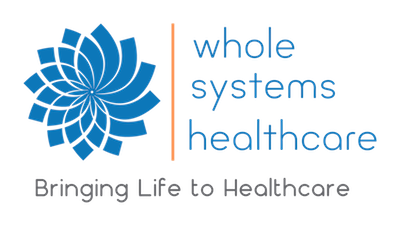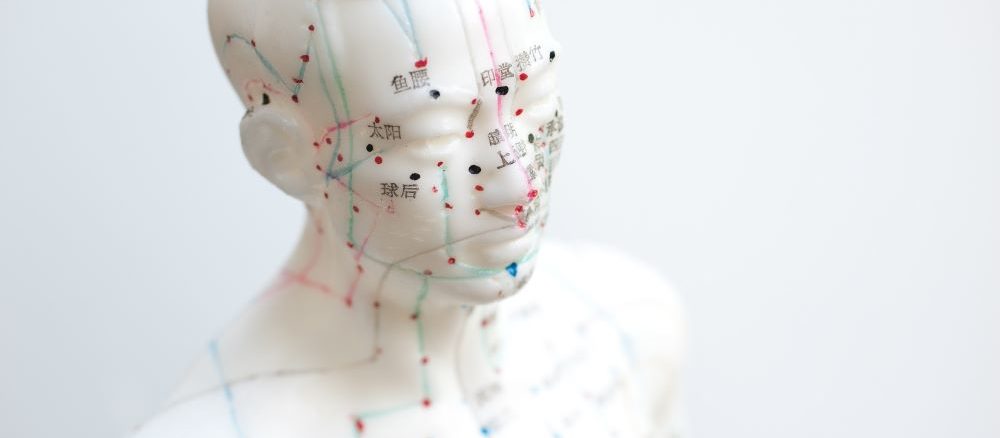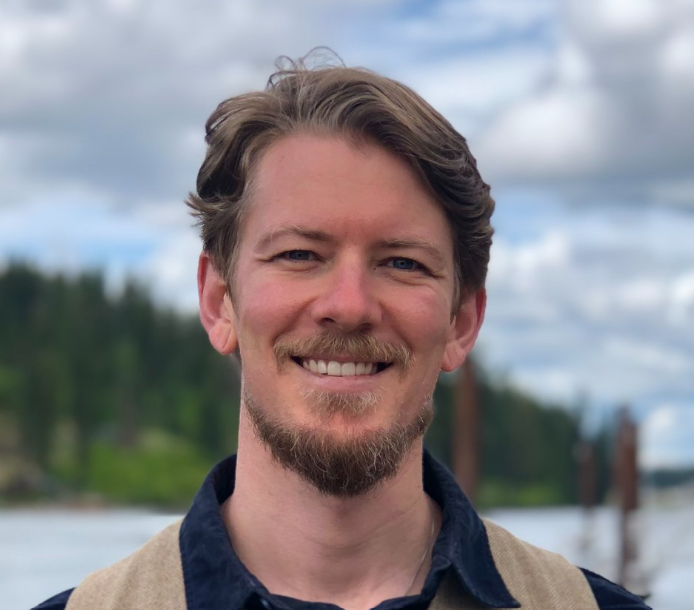Traditional Chinese Medicine (TCM), also known as East Asian Medicine, is a modern medical system that traces its practices back to ancient healing arts derived in China, Japan, the Koreas, and neighboring regions. This medical system includes an array of modalities that have been refined over thousands of years, are the subject of a growing body of clinical research, and are being used throughout the world today. Chinese Medicine stands freely as a complete medical system, unifying elegant and precise diagnostic reasoning and therapeutic techniques with self-cultivation practices. Sessions focus on resolving obstructive patterns, nourishing deficiencies, and can include mindfulness-based counseling. Chinese medicine and acupuncture are endorsed by the American College of Physicians (ACP), the Department of Health and Human Services (NIH, FDA) and the World Health Organization (WHO).
Modalities
Acupuncture and Moxibustion
Acupuncture works with specific points on the body to facilitate healing by restoring the flow of blood and communication through stagnated or blocked areas. Moxibustion (moxa) involves burning mugwort leaf wool over an acupuncture point to produce a warming effect, and can be integrated elegantly into acupuncture treatments to strengthen the immune system, increase circulation for pain relief, correct breech presentation in pregnancy, and stimulate the movement of energy.The efficacy of acupuncture for treating multiple conditions is supported by an extensive body of scientific literature. Acupuncture is endorsed by the American College of Physicians (ACP), the Department of Health and Human Services and its subsidiaries (NIH, FDA), and the World Health Organization (WHO).
Bodywork and Cupping
Cupping is a technique that uses glass cups of various sizes as suction devices placed on the skin. Once the suction has occurred, the cups may be left stationary or gently moved across the skin causing the skin and superficial muscle layer to be lightly drawn into the cup. The suction and negative pressure provided by cupping can loosen muscles and encourage blood flow, similar to massage. Cupping helps relieve back and neck pain, stiff muscles, anxiety, fatigue, migraines, rheumatism, and may reduce the appearance of cellulite. Gua-sha is a similar technique to cupping where a bodywork tool is used to gently scrape the skin to improve blood flow and promote healing. Sotai, Tui-na, and Shiatsu are Asian bodywork techniques that help to resolve restrictions in the myofascial system as well as open the flow of the channels (i.e., meridians) and vessels of the body.
Gentle Techniques
Chinese Medicine does not require the insertion of needles or painful bodywork. There are many painless options in Chinese Medicine, such as Teishin, a Japanese tool used to stimulate acu-points. Other gentle techniques for stimulating acu-points and the myofascial system include cold lasers, tuning forks, and Yin-Tuina (a gentle body work technique). We offer many gentle yet effective treatment options that are comfortable even for the most sensitive patients.
Herbal Medicine
The uses of herbal formulas in Chinese medicine dates back over 4,000 years. Herbs address both acute and chronic disease while working synergistically with acupuncture treatments. Chinese herbal formulas are used for three primary reasons: to alleviate specific symptoms, to rectify imbalances in the body, and to promote longevity.
Diet and Lifestyle
Licensed Chinese/East Asian medicine providers are trained in dietary and lifestyle approaches to optimizing health. There are significant differences in how a Chinese medicine provider might approach understanding optimal diet and lifestyle. Patients benefit tremendously from combining the wisdom of Chinese Medicine and the science of modern biochemistry. Chinese Medicine is able to create a complete, holistic system that encompasses all phenomenon, and Western biochemistry is able to fill in the gaps and details that are left unclear. By utilizing information and theories from both sides, a more complete picture is revealed.





